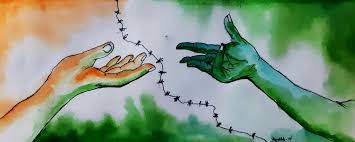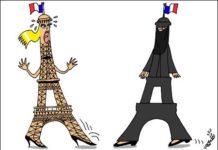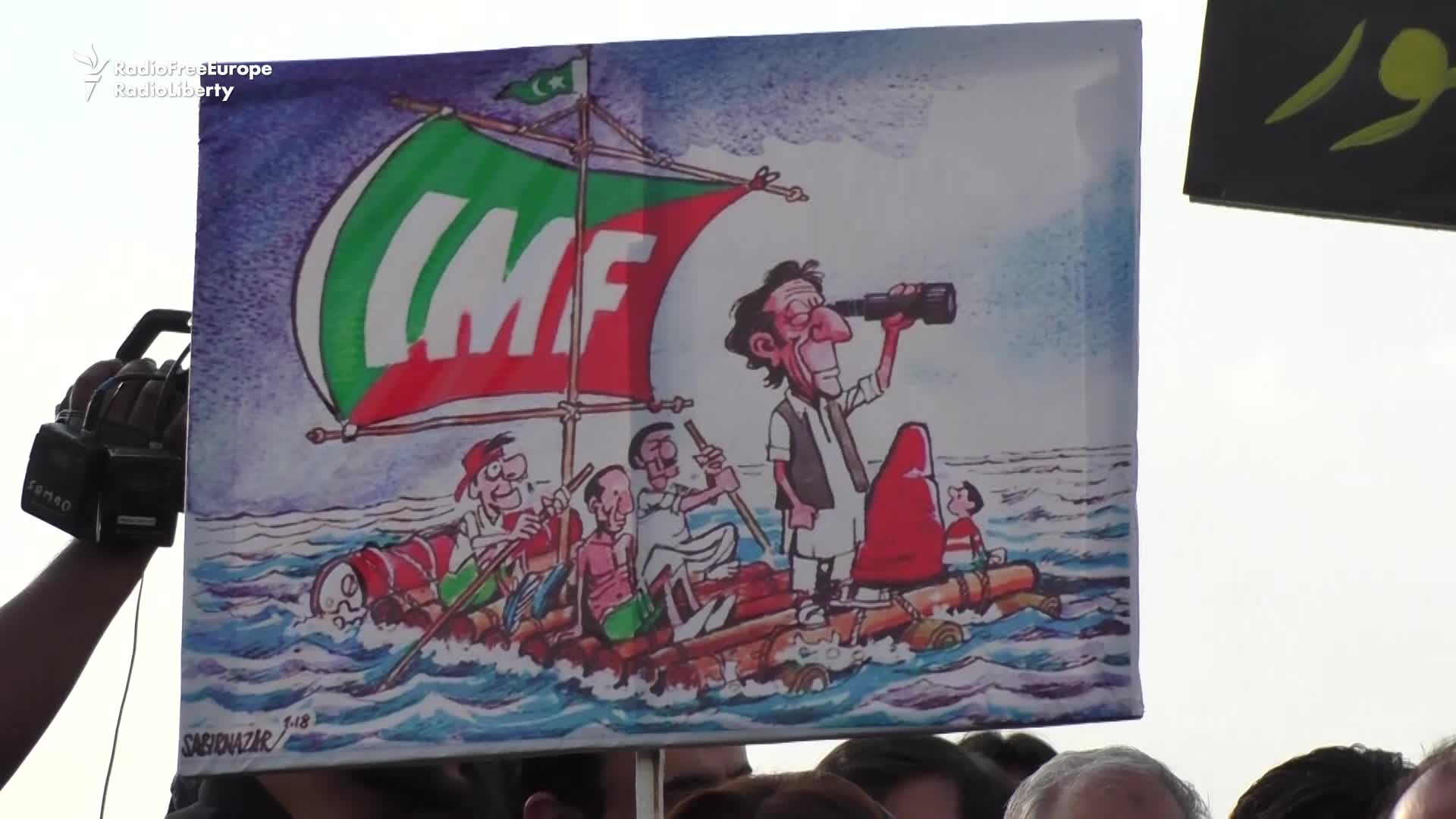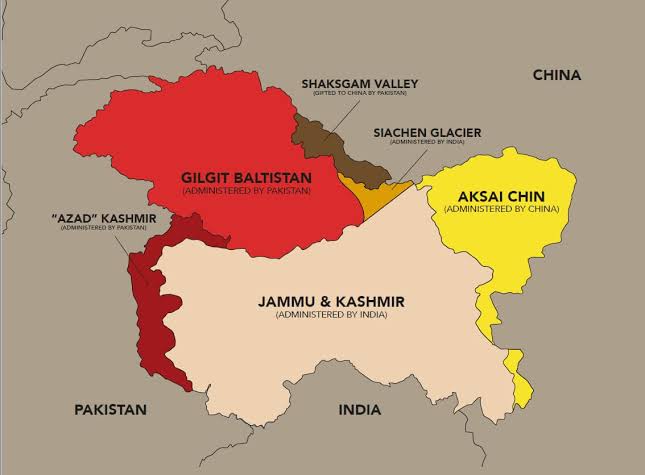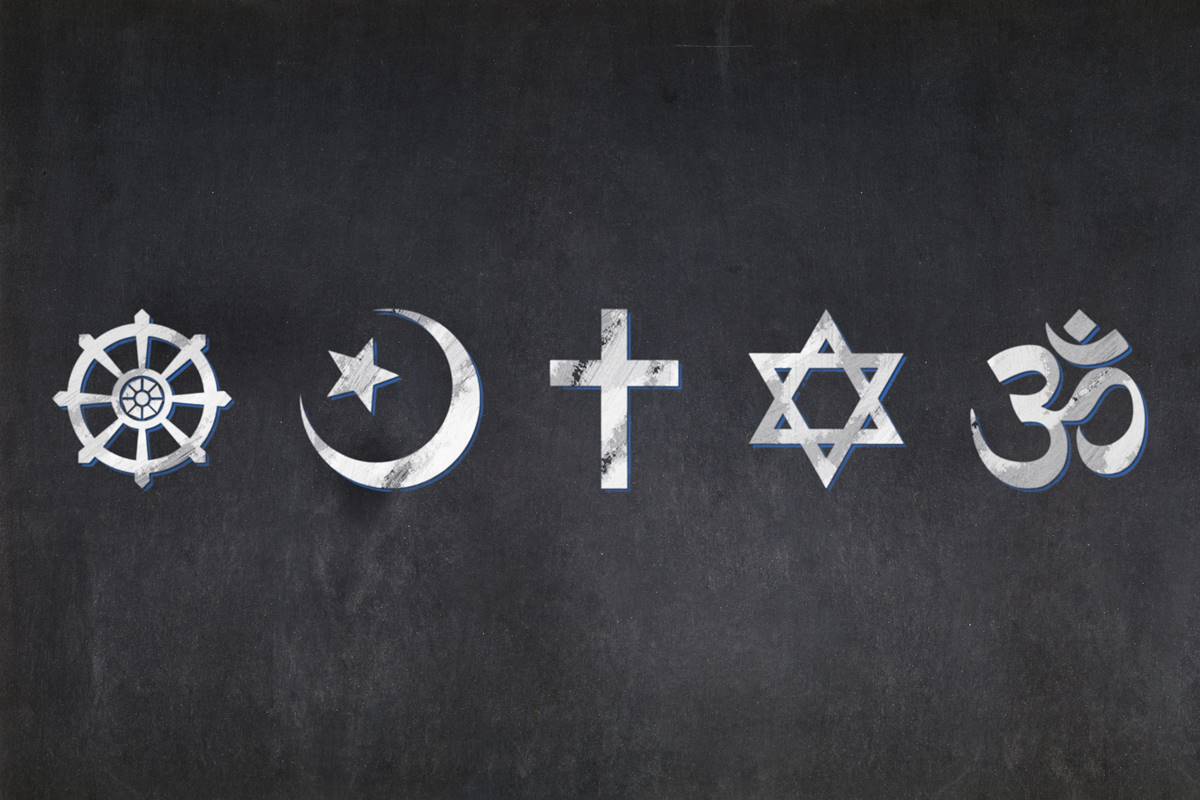The security fence being built at one kilometre per day at Tel Aviv in the West Bank has drawn worldwide attention and condemnation. The issue has reverberated in UNO sessions and been under trial at the International Court of Justice, which on July 9, 2004, ruled the fence was illegal. Meanwhile, another, even bigger, fence has been built without attracting any international attention.
It stands about 12 feet high and 12 feet wide. It has coils of concertina wire layered between rows of pickets, reinforced by sharp-edged metal tape and, at places, electrification. This is a fence India has built in about a year-and-half in Kashmir along the Line of Control (LoC). Indian Defence Minister Pranab Mukherjee informed the Lok Sabha (lower house of parliament) on December 17 that “India completed its fencing of the Line of Control (LoC) in the Kashmir Valley and Jammu region on September 30”. He said that the fencing had been an operational requirement, adding that it was neither in violation of the July 1972 Simla Agreement nor the December 1972 Agreement on the Delineation of the LoC. Mukerjee might befool the whole world but not the victims of LoC fencing, the Kashmiris. Ironically, India has condemned Israel for building its fence.
In 1947, when the Indian sub-continent was liberated and partitioned into Pakistan and India, Kashmir also became technically an independent country. On one pretext or the other, both India and Pakistan sent their armies to annex it, thus leading to the first Pak-India war over the control of Kashmir. On UN intervention, a cease-fire was brokered bisecting Kashmir into Pakistani and Indian administered spheres was later renamed as the Line of Control (LoC).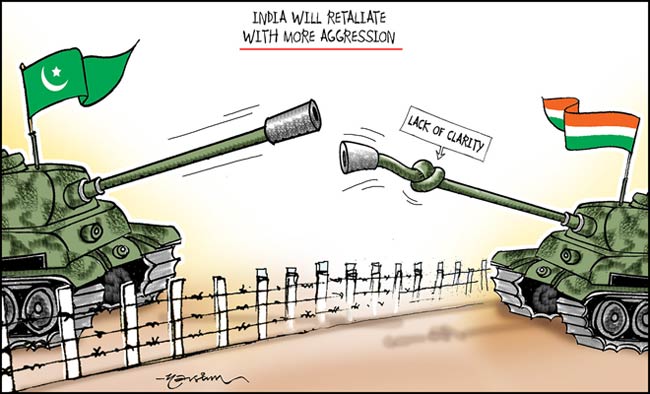
The LoC runs over 700 km of forested hills and inhospitable terrain. Defying logic in some places it splits families, divides villages and bisects mountains. At one time, almost two years ago, an estimated 80,000 troops from India and Pakistan faced each other in positions along its route – sometimes dug into mountainsides less than a 100 metres apart – sometimes further back, separated by peaks over 5000 metres high. The Islamist militants have been infiltrating into Kashmir through the LoC.
Therefore, the fence apparently is part of a larger effort by India to buttress its defence, for which it uses equipment acquired from Israel, France, Sweden and the United States — motion sensors, thermal imaging devices and night-vision equipment. Both India and Pakistan buy Swedish weaponry, and in the 1970s and ‘80s, India was the biggest third world buyer of Swedish weapons. It was the Bofors scandal that put the brakes on Indian craze for Swedish weapons. This summer Pakistan’s president, General Pervez Musharraf, was in Stockholm to buy Jazz aircraft but returned home with Ericssons’ radar systems.
The building of fence, however, has less to do with defence, and more to do with a long-term strategy to turn LoC into a permanent border. India and Pakistan, despite their hue and cry over Kashmir, in fact have no dispute over Kashmir. Both want the status quo. Building the fence will further reinforce the status quo. It will help weaken the Kashmiris, who want and demand the abolition of LoC, reunification of Kashmir, as well as independence both from India and Pakistan.
Pakistan has not objected to the fence building, a lukewarm response that smacks of complicity. Islamabad appears oblivious to the trials of the Kashmiri families that are being increasingly divided by the fence, that is bringing new problems for the population living along and across the LoC. “In places, the fence has created divisions within a division.
The fence is built on the Indian side of Kashmir, unlike the Israeli apartheid wall that expropriates even more land and water from Palestinians than before. These differences notwithstanding, some pro-Tel Aviv writers have already begun accusing India (as well as Turkey and Saudi Arabia) of hypocrisy.
“India is completing a 460-mile barrier in the contested area of Kashmir to halt infiltration supported by Pakistan. Within the last two years, Saudi Arabia built a 60-mile barrier along an undefined border zone with Yemen to halt smuggling of weaponry. Turkey built a barrier in an area that Syria claims as its own. Of the three countries, Saudi Arabia submitted a written statement to the International Court of Justice directly, while the other two did not. The Arab League and Organisation of Islamic States submitted statements to the court condemning Israel’s barrier but did not condemn the Saudi barrier when it was being built. Why has the court not been involved in any of the other barrier disputes?” asked Marsha F Hurwitz, President and CEO, Columbus Jewish Federation in a letter to the Editor, ‘Why Is Israel Alone Getting Criticism for Building Wall?’ Columbus Dispatch, July 24, 2004.
The letter continues, “Until the terrorism stops, Israel, like any other country, should not be told by an international court how to protect its own citizens. It is ironic that three countries — India, Saudi Arabia and Turkey — condemned Israel at the UN General Assembly and voted to refer the Israeli fence to the international court for an advisory opinion, even though they had themselves built barriers in areas contested by their neighbours.”
The Indian fence in Kashmir is likely to become one of the popular Zionist talking points for the purpose of fending off any criticism of the Israeli apartheid wall.
Also Read: 370-A diplomatic Weapon


